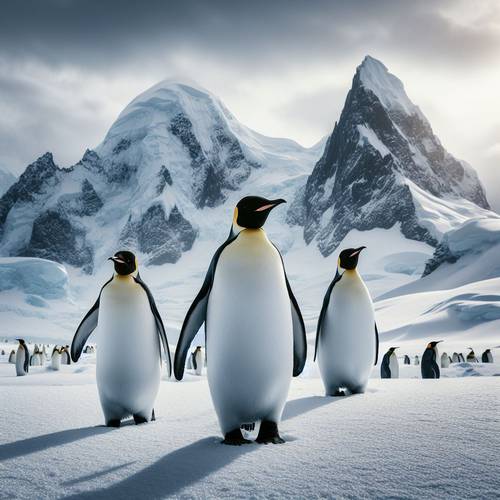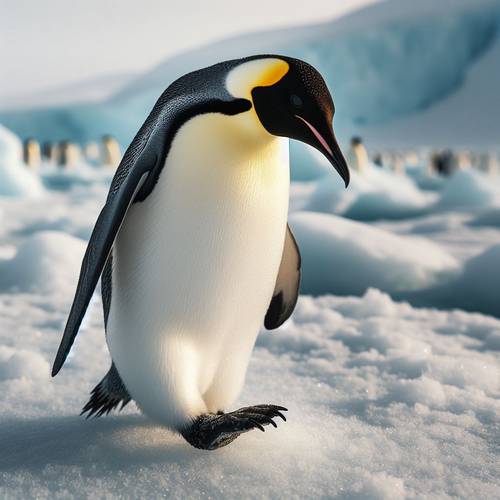Introduction to Penguin Diets
Penguins are renowned for their adaptability to harsh Antarctic conditions, including their diverse dietary preferences. Understanding what penguins eat is essential for comprehending their ecological role in the Antarctic ecosystem. From fish to krill and squid, penguins consume a variety of prey to sustain their energy needs and survive in their icy habitats.




